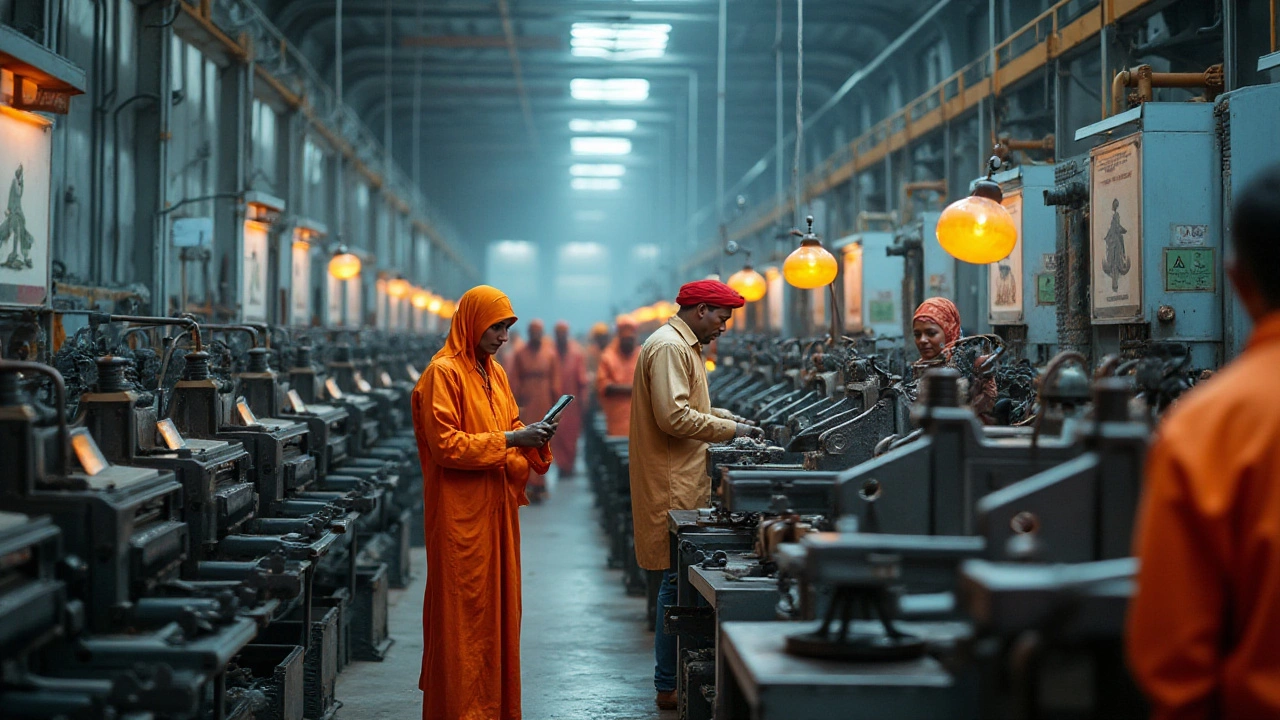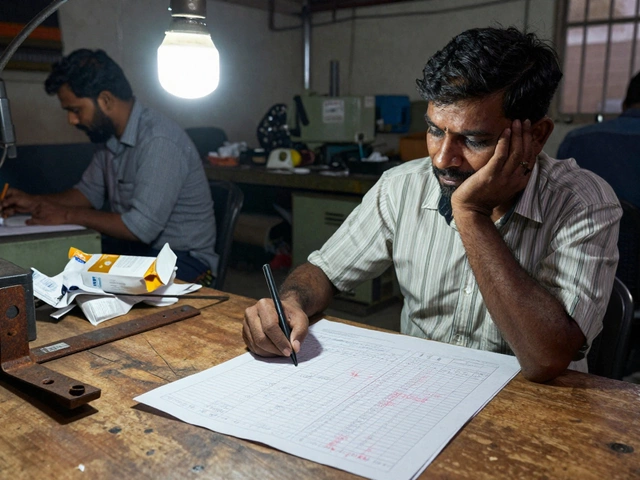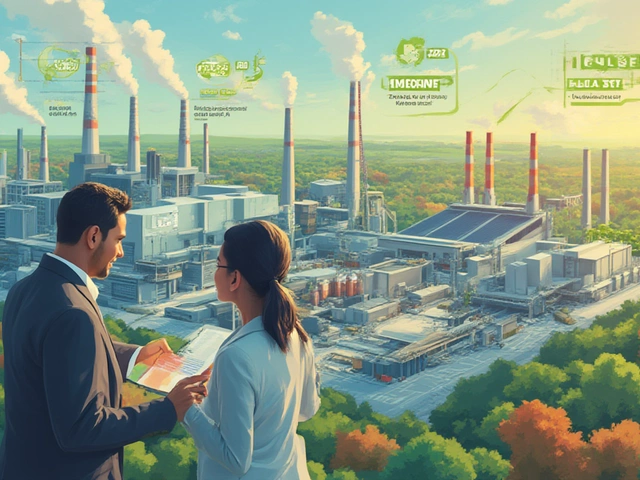The realm of manufacturing laws is a captivating mix of legal norms intertwined with industrial ambitions. Laws in manufacturing don't just stop at laying down the rules; they shape the entire landscape of how goods are produced and distributed. Whether you're an entrepreneur, a seasoned manufacturer, or an individual bridging the gap between law and commerce, understanding these laws can be vital.
Government schemes and regulations often play a pivotal role in guiding and supporting manufacturers. These initiatives can drive growth, regulate practices, and sometimes, even spark innovation. However, navigating through these waters can be quite challenging, especially with the constant evolution of the industry.
This article explores the multifaceted relationship between law and manufacturing, offering insights into the fundamentals of legal structures, government influence, and the innovative possibilities they unfold in the modern world.
- Legal Structure in Manufacturing
- Role of Government Schemes
- Challenges and Opportunities
- The Intersection of Law and Innovation
Legal Structure in Manufacturing
The legal framework surrounding manufacturing is as dynamic as the industry itself, evolving to meet the demands of modern production and trade. When one thinks of manufacturing law, it goes beyond mere compliance with health and safety codes. It also encompasses intellectual property rights, environmental regulations, labor laws, and trade agreements. Given its broad scope, understanding the foundational principles of the legal system helps manufacturers navigate potential legal pitfalls and seize opportunities for growth.
At the core of this structure are regulations concerning production standards. These standards ensure that products meet safety and efficacy criteria, safeguarding public welfare. Compliance with such standards is crucial, as failure to do so can result in severe penalties, including hefty fines or even plant closure. In this context, understanding and adhering to ISO certifications can be seen as both regulatory compliance and a quality assurance measure.
Equally significant are laws on intellectual property, which protect innovations and inventions that arise within the manufacturing sector. Patents, trademarks, and copyrights ensure that innovations remain the intellectual property of their originators. For instance, a cutting-edge manufacturing process patented by a company remains protected, preventing unauthorized usage by competitors. As renowned economist Joseph Stiglitz once said,
"Intellectual property rights are critical not just for the technology companies of today, but for ensuring a thriving manufacturing sector tomorrow."
Another essential element is labor law, which governs the employer-employee relationship. Labor laws ensure fair wages, reasonable working hours, and safe working conditions. They are instrumental in maintaining harmony within the workforce and in protecting workers' rights. Such regulations are increasingly becoming global standards, reflecting shifts towards ethical production practices.
The intersection of environmental law and manufacturing is apparent in regulations aimed at curtailing pollution and promoting sustainable practices. Environmental compliance involves implementing measures to reduce emissions and manage waste effectively, thus mitigating the impact on natural resources. Some companies have taken bold steps, adopting circular economy models to reduce waste and turn byproducts into valuable materials.
Trade agreements, both domestic and international, shape the competitive landscape of manufacturing by affecting tariffs and import-export regulations. For instance, the NAFTA agreement, now revamped as USMCA, outlines the terms for trade across the U.S., Canada, and Mexico, influencing decisions on production locations and supply chain logistics.

Role of Government Schemes
Manufacturing in contemporary times is heavily influenced by robust government schemes designed to nurture and enhance industrial capabilities. These schemes are not mere promises on paper; they are carefully designed frameworks that aim to provide financial support, infrastructure development, and regulatory relief to budding and established manufacturers alike. One of the most prominent schemes is the Production Linked Incentive (PLI) scheme, which has proven to be a game-changer in the manufacturing domain. Through PLI, manufacturers gain access to financial incentives based on incremental sales, pushing them to scale up operations and reach new markets. By encouraging increased domestic manufacturing, this scheme has reduced reliance on imports, bolstering the economy and offering a competitive edge in the global arena.
Another noteworthy effort is the 'Make in India' initiative. Launched with the vision of transforming India into a global manufacturing hub, this scheme focuses on sectors like automotive, textiles, electronics, and more. The government's role here is multifaceted, providing infrastructural support, ensuring smooth regulatory processes, and facilitating access to international markets. A survey by the Confederation of Indian Industry (CII) revealed a significant rise in foreign direct investments, highlighting the program's success in making India an attractive destination for manufacturing. Such schemes enhance the business ecosystem by simplifying licensing processes and offering tax sops, making the manufacturing sector much more appealing.
A vital aspect of these government schemes is their adaptive nature. As new challenges emerge, the frameworks are recalibrated, addressing issues such as supply chain disruptions, technological advancements, and skill enhancement. For instance, in the face of the global semiconductor shortage, the government announced a $10 billion package to boost semiconductor manufacturing, underscoring its commitment to staying ahead of industrial challenges. This strategic move is expected to cut down on import dependencies and create a self-sustaining environment for tech-based manufacturing. Industry regulations often evolve in tandem with these schemes, ensuring compliance but also fostering innovation within set parameters.
Government schemes also play a pivotal role in supporting small and medium enterprises (SMEs). Initiatives like the Credit Linked Capital Subsidy Scheme (CLCSS) provide much-needed capital to SMEs for technology upgradation. As technology is a significant driver of efficiency and quality, these subsidies help smaller players remain competitive while encouraging modernization across sectors. The role of government schemes is not limited to financial assistance; it includes offering training programs and workshops to elevate the skill levels of the workforce. According to a report by the World Economic Forum, continuous skill enhancement is crucial for maintaining a competitive edge in global manufacturing.
Financing is another crucial element in the arsenal of government support. The introduction of government schemes that ease borrowing, like the MUDRA loans, targets micro-enterprises struggling with traditional collateral-based loans. By easing access to finance, these schemes have injected vitality into the grassroots of manufacturing. Anecdotal evidence and industry testimonials frequently point to success stories catalyzed by these financial interventions. Such narratives showcase not only the government's proactive role but also the tangible results manifesting across various industrial sectors. As we move forward, the synergy between government interventions and industry aspirations continues to shape the manufacturing narrative, encouraging a resilient and dynamic industrial backbone for the nation.
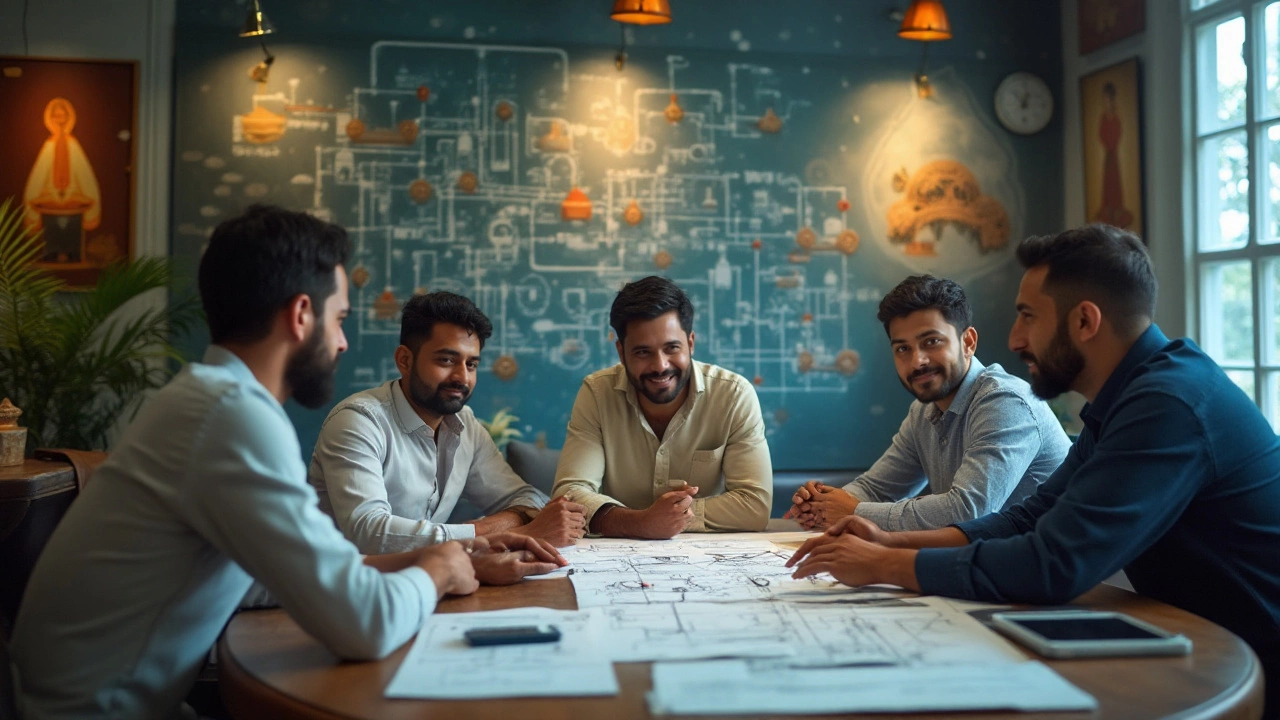
Challenges and Opportunities
In the world of manufacturing law, the landscape is peppered with both challenges and opportunities that hold potential for shaping the future of the industry. One of the most significant challenges is the complex web of regulations that manufacturers must navigate. Laws can vary vastly depending on the geographical area and specific sector, adding layers of complexity. Compliance with these regulations is not only crucial but also costly, often requiring dedicated resources and expertise to keep up with changes. Penalties for non-compliance can be severe, including fines, legal action, and even the shuttering of facilities.
Despite these hurdles, the realm of regulatory compliance also presents opportunities for manufacturers. With the right approach, staying compliant can serve as a unique selling point, potentially opening up new markets that prioritize ethical and legal production. Moreover, technology emerges as a friend rather than a foe in this domain. Innovative solutions such as blockchain and AI can streamline compliance processes, simplifying the tracking of regulations and their requirements across different jurisdictions. By embracing digital transformation, manufacturers not only meet compliance but do so efficiently.
Government schemes also come into play, providing both support and constraints. Programs aimed at incentivizing sustainable practices offer manufacturers a lucrative pathway to adopt green technologies. For instance, tax credits or subsidies for reducing carbon footprints could substantially offset R&D costs for eco-friendly products. However, the availability and accessibility of these programs can vary, often requiring businesses to invest time and effort into understanding eligibility and application processes. This dynamic interaction between laws and incentives can spur innovation, as competition grows among businesses to secure these advantages.
There's a constant interplay between industry regulations and innovation, nurturing a breeding ground for new ideas. Adopting best practices can lead to significant advancements, influencing not only product development but also operational processes. Carol Sturtevant, a renowned legal analyst, once noted,
"In the evolving world of industry regulations, those who see compliance as an opportunity rather than a burden will lead the next industrial revolution."
Moreover, international trade can offer both challenges and opportunities. As manufacturers look to expand globally, they must contend with different laws, tariffs, and trade agreements. Understanding these international facets means unlocking new avenues of growth, but it can be daunting without proper legal guidance. Yet, the reward can be substantial. By carefully navigating these waters, manufacturers not only broaden their market reach but also achieve resilience against local economic downturns. By addressing these challenges and seizing the opportunities, businesses can safeguard their compliance while giving themselves a competitive edge in the global market.
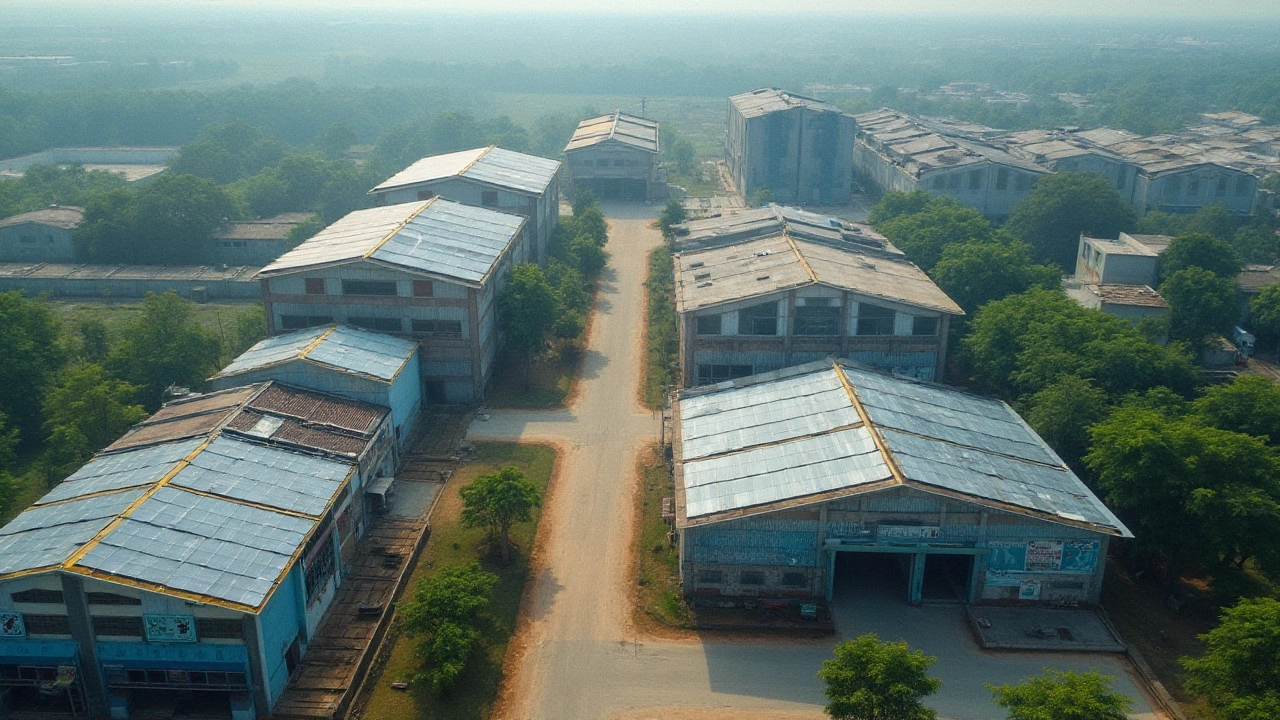
The Intersection of Law and Innovation
The relationship between law and innovation in manufacturing law is quite intricate and fascinating. On one hand, legal frameworks are there to safeguard the interests of consumers and businesses alike by ensuring that everything operates within a set standard. On the other hand, they also need to be flexible enough to allow room for innovation and technological advancement. As industries adopt more tech-driven approaches, like automation and AI, the legal landscape needs to keep up without stifling this progress. Internationally, countries differ in how progressive or conservative their manufacturing laws are, which often affects the speed and manner of innovations emerging within the sector.
Recently, many governments have started to acknowledge the crucial role innovation plays in economic growth. This has led to the introduction of more dynamic regulations and government schemes designed to foster creativity within the manufacturing sector. For instance, the European Union has taken significant strides with directives that encourage sustainable manufacturing processes. These initiatives, though complex, appreciate that legal obligations should evolve with technological advancements rather than act as obstacles. Lawmakers are now focusing on creating a regulatory ecosystem where newer methods of production are not simply allowed but actively encouraged.
It is noteworthy that there are times when regulations themselves drive innovation. By setting new standards—such as reductions in carbon emissions—manufacturers are put in a position where they need to innovate to comply. According to a study by McKinsey, companies that align themselves early with such regulatory shifts often find themselves with a competitive advantage. Regulations essentially create a sort of forced ingenuity, channeling the collective efforts of innovators towards groundbreaking solutions that are compliant but also cutting-edge.
When discussing the intricate balance between legal frameworks and innovation, it's essential to highlight the dynamic nature of this relationship.
"The role of law is not merely to keep pace with technology, but also to anticipate and enable it," noted Richard Susskind, a respected authority on technology's impact on legal systems.Industry leaders today advocate for more adaptable legal processes that can quickly adjust as innovation demands. In several instances, the friction between the pace at which technology evolves and the speed at which legislators respond can be a bottleneck for industry growth.
A fascinating development in this intersection is the emergence of regulatory sandboxes. These initiatives allow innovators to test new technologies and business models in a controlled environment under the supervision of regulatory bodies. The UK’s Financial Conduct Authority has been a pioneer in this aspect, promoting a similar approach in manufacturing, giving companies a chance to innovate without fully breaking existing regulations. Such frameworks represent how legislation can positively shape the future of innovation by providing a structured pathway for experimental technologies and methods to prove their feasibility and effectiveness.
The intersection of law and innovation indeed reflects a constant push-and-pull dynamic. While laws and industry regulations provide security and accountability, it's crucial they not become barriers to innovative ideas and breakthroughs. By bridging legal frameworks and manufacturing innovation, industries globally can develop more effective, inclusive, and sustainable models that meet the ever-evolving needs of society.

